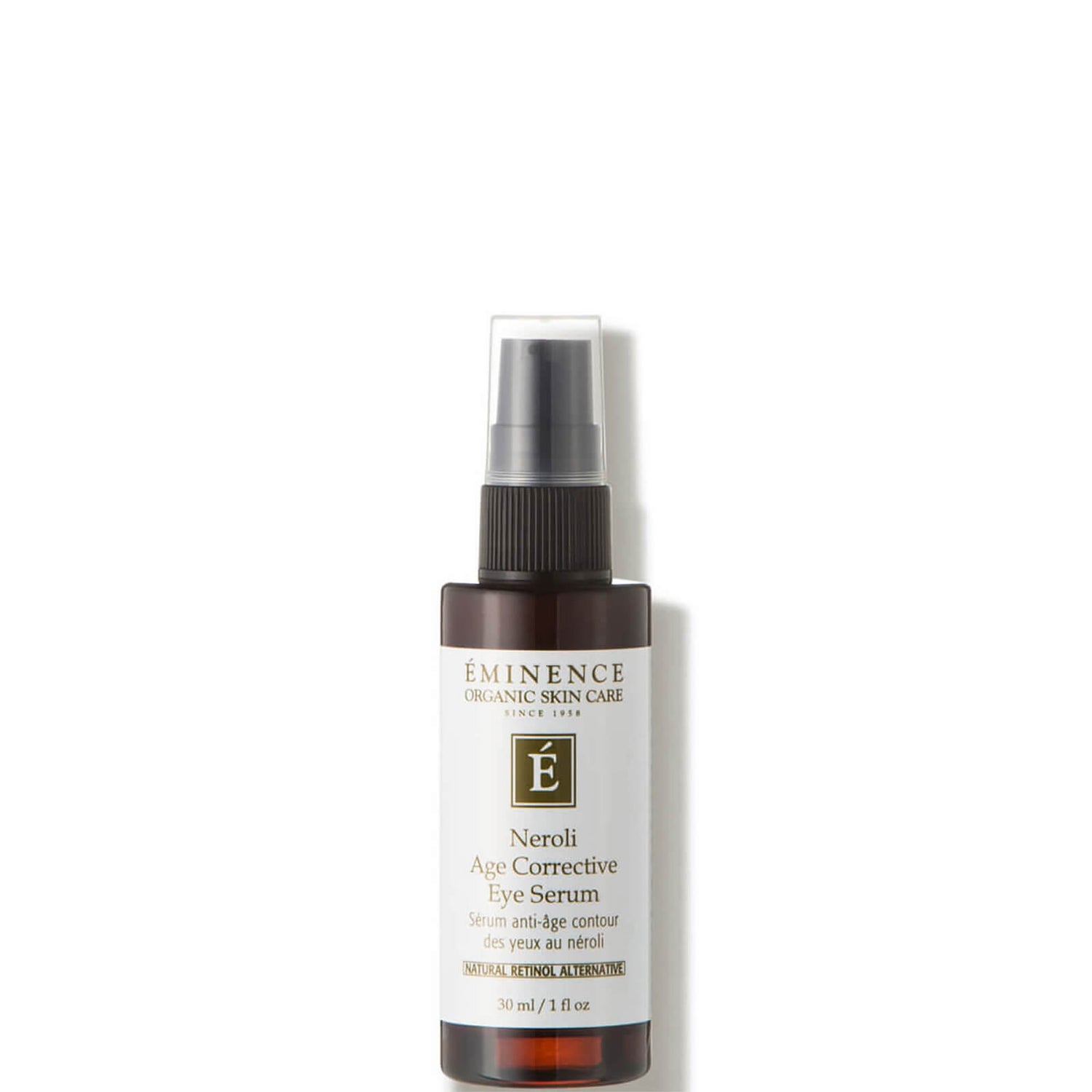Stearic Acid: The Derm-Approved Skin-Softener To Enhance Your Routine
Stearic acid is an approved skin-softener that locks in moisture and maintains skin hydration. Welcome to the world of skincare!
Stearic acid is a dermatologist-approved ingredient known for its ability to lock in moisture and maintain skin hydration, making it a popular choice in various skincare products. With its emulsifying and lubricating properties, stearic acid is recognized for its skin-smoothing effects, which can be beneficial in moisturizing creams, lotions, and facial products.
Whether you’re familiar with skincare or just starting to explore it, understanding the importance of stearic acid can help you make more informed decisions about your beauty routine. We will delve into the benefits and potential drawbacks of incorporating stearic acid into your skincare regimen, providing you with essential knowledge to make the best choices for your skin.
Properties And Uses
Stearic Acid is known for its properties as an Emulsifier, Emollient, and Lubricant, making it a versatile ingredient in skincare products. It helps in Locking in Moisture and Maintaining Hydration, vital for healthy skin.
Emulsifier
Stearic Acid acts as an emulsifier, aiding in the blending of oil and water-based ingredients in skincare formulations.
Emollient
As an emollient, Stearic Acid softens and smoothens the skin by forming a protective barrier to prevent moisture loss.
Lubricant
Used as a lubricant, Stearic Acid enhances the glide and spreadability of skincare products, ensuring easy application.
Locking In Moisture, Maintaining Hydration
- Helps to lock in moisture and maintain skin hydration.
- Prevents water loss, keeping the skin hydrated and supple.
Applications In Creams, Lotions, Facial Products
- Commonly used in moisturizing creams to provide deep hydration.
- Found in lotions to nourish and protect the skin barrier.
- In facial products, it helps in maintaining skin softness and elasticity.
:max_bytes(150000):strip_icc()/ScreenShot2021-09-01at12.29.16PM-ae337a83d90a4e3c899b95f764b0ab64.png)
Credit: www.byrdie.com
Production And Impact
Stearic acid, a versatile substance with various skincare benefits, is commonly used as a skin-softening agent. Understanding its production process and impact on the skin is crucial for making informed decisions about skincare routines and product choices.
Manufacturing Process
The manufacturing process of stearic acid involves the hydrolysis of fats and oils, commonly obtained from animal or vegetable sources, to yield fatty acids. These fatty acids are then purified to obtain stearic acid, which is used in the production of skincare products. The high-quality stearic acid is derived from sustainable and environmentally friendly sources, ensuring its purity and effectiveness for skincare applications.
Side Effects On Skin
- Potential side effects of stearic acid on the skin include irritation, such as itching, stinging, burning, redness, rashes, inflammation, hives, blisters, sun sensitivity, and scaly skin.
- Stearic Acid must never be used near the eyes, inner nose, and ears, or on any other particularly sensitive areas of skin to avoid adverse reactions.
- Although rated as fairly low on the comedogenic scale, stearic acid still has the potential for clogging pores, which can be problematic for individuals with sensitive skin or prone to acne breakouts.
When incorporating stearic acid into your skincare routine, it’s essential to perform a patch test and monitor any potential adverse skin reactions to ensure its compatibility with the skin type.
Utilization In Products
Stearic Acid is a dermatologist-approved skin-softener that can be seamlessly integrated into your skincare routine. It moisturizes and hydrates the skin while locking in moisture, making it a valuable ingredient in creams, lotions, and facial products.
Soaps
Stearic acid is a popular choice in soap production due to its ability to harden and stabilize the soap, ensuring it retains its shape. Additionally, it contributes to the creamy lather and moisturizing properties of the soap, leaving the skin feeling soft and nourished.
Candles
In the world of candle-making, stearic acid plays a vital role in helping candles maintain their shape and structure. It not only enhances the burning time of the candle but also improves its fragrance-holding capacity. This makes stearic acid an ideal ingredient for creating long-lasting, aromatic candles.
Cosmetics
Stearic acid is commonly found in cosmetics, such as shampoos and shaving creams, due to its emulsifying properties. It helps bind ingredients together, creating a smooth and creamy texture. Additionally, stearic acid acts as an effective emollient, softening the skin and locking in moisture, making it a valuable component in moisturizers, creams, and lotions.
Detergents
Stearic acid is widely used in the production of detergents due to its surfactant properties. It helps remove dirt and oil from fabrics, making it an essential ingredient in laundry detergents and fabric softeners. The high cleansing power of stearic acid ensures that clothes are thoroughly cleaned and left feeling soft.
Shampoos
Stearic acid is often found in shampoos as it helps to cleanse and moisturize the scalp and hair. It helps to remove excess oil and dirt from the hair, leaving it clean and refreshed. Additionally, the emollient properties of stearic acid help to nourish and soften the hair, making it more manageable.
Shaving Creams
Stearic acid is a key ingredient in many shaving creams due to its lubricating properties. It helps to create a smooth surface for the razor, reducing friction and irritation. Additionally, stearic acid forms a protective layer on the skin, helping to prevent razor burn and leaving the skin feeling soft and moisturized.
Skin Compatibility
When it comes to incorporating new ingredients into your skincare routine, it’s important to consider how they will interact with your skin. In the case of stearic acid, a derm-approved skin-softener, understanding its compatibility with your skin is crucial to ensuring optimal results.
Potential Pore-clogging
Before adding stearic acid to your routine, it’s essential to be aware of its potential pore-clogging properties. While it is considered relatively low on the comedogenic scale, meaning it is less likely to clog pores compared to other ingredients, it still poses a risk, especially for those with sensitive skin or prone to acne breakouts. To prevent any potential issues, it’s best to patch test the product on a small area of your skin and monitor for any adverse reactions.
Sensitivity And Acne Considerations
For individuals with sensitive skin or a history of acne, stearic acid requires extra caution. This ingredient can potentially cause irritation, including itching, stinging, burning, redness, rashes, inflammation, hives, blisters, sun sensitivity, and scaly skin. Therefore, if you have sensitive skin or are prone to acne breakouts, it’s essential to consult with a dermatologist before incorporating products containing stearic acid into your routine. They can advise you on the best approach and recommend alternative options if necessary.
It’s important to note that stearic acid is commonly found in moisturizers, creams, and lotions. While it can easily be incorporated into any skincare routine and works well with other products, it’s crucial to be mindful of your skin’s compatibility and potential reactions. Taking these considerations into account will help ensure that you reap the benefits of stearic acid without any undesirable effects.
Benefits For Skin
Stearic acid is a derm-approved skin-softener known for its emollient properties, making it an ideal addition to your skincare routine. It locks in moisture, maintains skin hydration, and is commonly found in moisturizers, creams, and lotions, delivering effective and smoother results for the skin.
Emollient Properties
Stearic acid acts as an emollient, which means it softens and smoothens the skin by forming a protective barrier that prevents moisture loss. This helps in keeping the skin hydrated and supple, making it a beneficial addition to skincare products.
Softening And Smoothing Effects
With its softening and smoothing effects, stearic acid aids in enhancing the texture of the skin, making it appear softer and more refined. Regular use of skincare products containing stearic acid can contribute to a noticeable improvement in skin smoothness and overall appearance.
Incorporation In Routine
Stearic acid is versatile and suitable for both day and night use in your skincare routine. It can be effortlessly incorporated into your morning and evening regimen for consistent hydration.
When added to your current skincare regimen, stearic acid enhances the effectiveness of your products, helping to lock in moisture and promote skin softness. It complements other skincare ingredients and aids in maintaining skin hydration.
Expert Insights
Unlock the secret to silky skin with stearic acid, a dermatologist-approved skin softener. Enhance your skincare routine with this emollient for lasting hydration and a smoother complexion.
Advice From Dermatologists
Stearic acid is a derm-approved skin-softener known for its emollient properties. Dermatologists recommend its use in skincare routines for effective skin hydration and softening benefits.
Considerations For Optimal Results
- Proper Application: Ensure stearic acid is applied evenly on the skin.
- Skin Sensitivity: Perform a patch test to check for any adverse reactions.
- Consistent Use: Incorporate stearic acid in your routine for best results.

Credit: www.dermstore.com

Credit: www.amazon.com
Frequently Asked Questions
What Is Stearic Acid Used For In Skincare?
Stearic acid in skincare locks in moisture & maintains hydration, commonly found in moisturizers and creams.
What Are The Side Effects Of Stearic Acid On Skin?
Stearic acid may cause skin irritation, itching, burning, redness, rashes, hives, and sun sensitivity.
What Is An Everyday Use For Stearic Acid?
Stearic acid is commonly used in skincare products like moisturizers, lotions, and facial creams to retain moisture and maintain skin hydration. It is also used in the production of detergents, soaps, shampoos, and candles to help retain their shapes.
Will Stearic Acid Clog Pores?
Stearic acid can potentially clog pores, especially for those with sensitive skin or prone to acne breakouts.
Conclusion
Incorporating stearic acid into your skincare routine can deliver significant benefits for your skin. Its emollient properties make it an excellent choice for maintaining skin hydration and locking in moisture. With its compatibility with various skincare products, stearic acid is a dermatologist-approved skin-softener that can provide the desired results for your skin.







